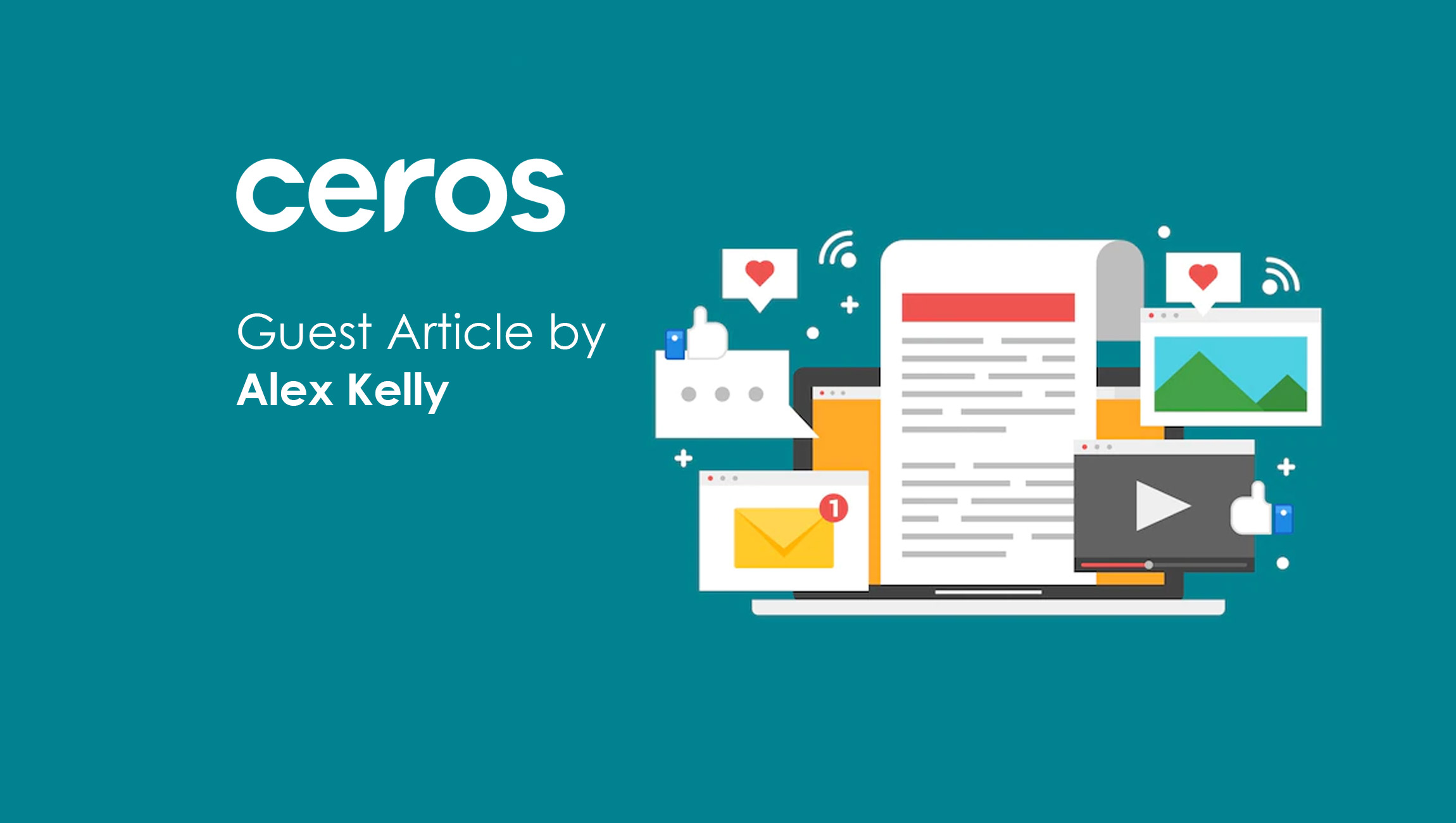Marketing and advertising help you achieve your business goals; more sales, and more revenues, which bring more profit to the table.
Marketing and advertising keep evolving and year by year brands have to embrace new trends to compete with the break-neck competition, and brands that do not cope with new trends, face failures. The most common conventional marketing and advertising methods work sometimes, but they are not sufficient to appeal to the audience. The modern audience needs innovation in every aspect of advertising, and this gap can be bridged with 3d advertising.
In the following section, we will have a detailed look at 3D advertising and marketing.
3D ads have become quite common in digital marketing and advertising. Never use marketing and advertising interchangeably because they might belong to the same group, there are certain differences to set them apart.
Marketing entails the practice of learning about your customer’s habits and needs and creating new ways to meet the demands of the customers. Alternatively, advertising is the practice of promoting a brand through paid media channels.
3D advertising takes your marketing efforts to next level; it makes your advertising more interactive. With the help of a 3D ad, users can interact with the products in a virtual environment. Global companies such as Nissan, Purina ONE, and more are leveraging the power of 3D advertising to drive growth and business impact.
Marketing Technology News: MarTech Interview with Michael Luckhoo, Co-Founder, Cirus Foundation
What are the benefits of rolling out 3D ads?
3D ads offer their full potential and help businesses grow in many ways. Here are the top benefits of 3D advertising for your business:
- More customer engagement: 3D advertisement offers an in-depth view of your product or service, and customers appreciate that. Looking at a detailed ad, they can make their purchase decision easily.
- Higher ROAS: When a business uses 3D advertisements to market its products, it increases its profits. This is because 3D attracts more consumers.
- Improved Purchase Intent: 3D ads help brands increase consumer purchase intent. 3D creatives have proved to increase the purchase intent of customers up to a great extent.
- Dramatically higher conversion rate: 3D advertisements can increase your website traffic and improve conversion rate. Know that 3D ads have delivered a 44% increase in cart additions and a 27% increase in orders.
- Reduced perception of risk: 3D advertisements work to give a detailed overview of your products and services. As a result, customers do not carry any doubts about the product and the risk perception is reduced.
- Increased ad visibility: There is no denying that 3D ads stand out in everyone’s eyes and they have a special place amongst the thousands of advertisements seen every day. These ads also help in capturing consumers early in the sales funnel.
Top examples of eCommerce brands leveraging 3D Advertising
1. Rebecca Minkoff
Global fashion and accessories brand Rebecca Minkoff is successfully using 3D images in advertisements since 2019. Advanced technologies in advertisements have enabled the brand to showcase its products to customers in an interactive way. Customers can see how the product will look in real life much before purchasing it in real.
Investing in a designer piece is quite an investment and Rebecca Minkoff offers its customers the opportunity to find out how big a purse or a handbag they are looking for.
2. IKEA
We all know IKEA has been using 3D advertisements and offering AR experiences to its customers on its website and app. It was in 2017 when the brand introduced its AR app called IKEA Place and with its help, users can virtually place true-to-scale 3D models in their homes before purchasing.
By implementing such an interactive app in its marketing strategy, the company’s online sales jumped by 43%.
3. Fatboy
A Dutch design company, Fatboy, creates iconic lifestyle products such as beanbags. The company believed that customers need something more than 2D to believe in its products. So, it partnered with CGTrader Arsenal to expand their advertising capabilities
Fatboy would send across its 2D advertising images and the CGTrader team converted the same into 3D visualizations.
The brand could implement 3D features into its eCommerce only to see more profits coming to the table. The brand could increase customer engagement, and increase conversions, and reduce return rates.
Final Word
Besides the brands we mentioned above, many other brands are also successfully implementing 3D ads to drive growth. Infusing 3D technology in advertisement planning is a no-brainer, and with different platforms available, it is a matter of a few minutes. All the changes happen in real time to make the workflow simple and quick.
Marketing Technology News: The Death of the Cookie and 4 Other Challenges Facing Online Marketers in 2023











